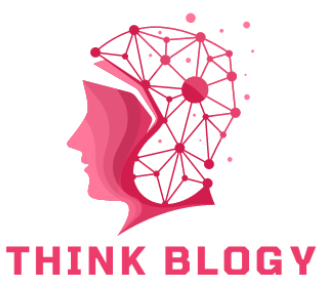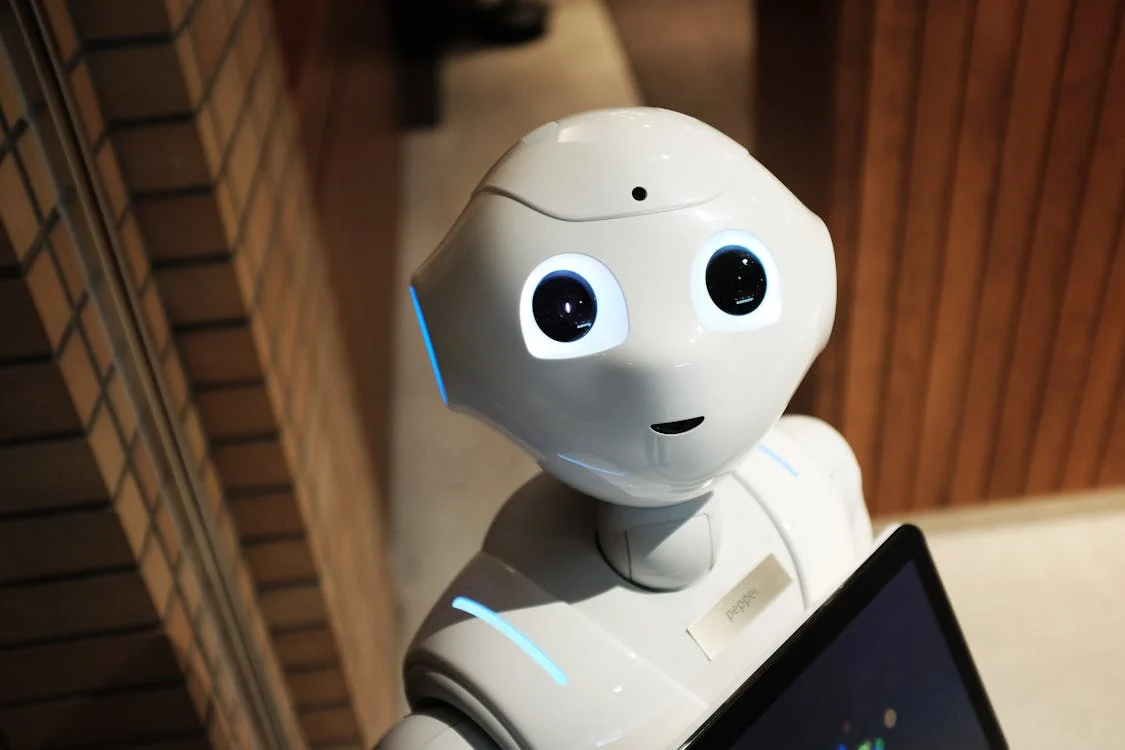Artificial Intelligence has really evolved in the recent past, changing our world in ways we would never have even imagined. All this, from voice assistants to super sophisticated robotics, AI is quickly becoming a part of life itself. In this blog post, let’s analyze the latest developments in AI, how they work, and what portends for the future.
What is AI?
At its most basic, Artificial Intelligence is the ability of a machine to exhibit actions which would be classified as intelligent if observed in a human. That includes capabilities like language understanding, image recognition, learning from data and experience, and even decision-making. AI can be classified into two main categories:
- Narrow AI: This type of AI is created for a specific task, such as being a language translator or a chess player. The majority of the AI we are currently using falls into this category.
- Artificial General Intelligence: It is assumed that machines would be able to solve any intellectual task that any human can do. Researchers continue pushing boundaries, though we are not there yet.
Recent Breakthroughs in AI
1. More Powerful Language Models
Language models are probably the most important achievement in AI. These models can understand and produce human-like text, allowing them to write essays or create poetry and even help with coding.
- How They Work: Deep learning language models analyze enormous volumes of text data to “learn patterns, grammar, and context. The highest quality models to date, OpenAI’s GPT-4, with its demonstrated ability to produce coherent, contextually appropriate responses, can be true gems for students, for writers, and for a professional.
- Practical Application: Through these models, businesses have used them to offer services like customer support, content generation, and even data analysis. For instance, businesses can instantly answer commonly repeated questions without taking much of their time and resources.
2. Advanced Image Recognition
The ability of AI to recognize images also significantly improved. AI computers can identify objects and people as well as even emotions in photos and videos perfectly.
- How It Works: Image recognition works by the implementation of convolutional neural networks developed specifically to work with pixel data to find patterns. The more a system is trained on, the better it will be at identifying images.
Daily Applications: This technology has its applications in social media, tagging friends in photographs, facial recognition in security systems, and in the health sector while making diagnoses for diseases through the analysis of medical images.
3. AI in Daily Applications
AI is getting to be ubiquitous in our daily applications, allowing enhancing users’ experiences in ways that seemed to be impossible and could only be found in science fiction movies.
Personalized Recommendation: AI algorithms in Netflix and Spotify allow for the analysis of users’ history and present personalized recommendations. This keeps the users coming back to the services while adding to the improvement of user satisfaction.
- Smart Assistants: Virtual assistants, including Siri, Google Assistant, and Alexa, apply the concept of AI to enable them to understand voice commands and perform tasks, such as setting reminders, playing music, or providing weather updates. They learn from user interactions and improve over time.
- Photo Editing: The in-app picture use of AI by an application like Adobe Photoshop provides intelligent editing tools. The application includes smart filters and automatic elimination of the background from the photo, which saves time and energy from the user’s part.
4. AI and Robotics
AII combines well and advances new ideas in different fields. Such robots possessing AI can also work on pretty tough jobs that were considered too difficult.
Manufacturing and Automation: In manufacturing plants, AI robots can assemble products, track the quality of workmanship, and even inventory management. Such a system enhances efficiency and minimizes human error, with companies being able to produce goods faster and more reliably.
Health Care Innovations: AI robots are also being designed to be used in surgical procedures to help surgeons perform more precise operations with better control. Another area is that of health care wherein medical attention can be given by the robot to the patient, and in fact, it monitors patients’ vital signs and alerts nurses and the medical team if any changes occur in the patient’s condition.
— Delivery Services: Companies such as Amazon are experimenting with the usage of drones and self-driving vehicles to provide delivery services for packages. AI systems allow these robots to navigate without obstacles, ensuring timely delivery.
5. Ethics and AI
With AI comes its continued advance, it shapes profound ethical issues that society has to find answers to. These include privacy, bias, and accountability issues; all of which are growing in importance.
- Privacy Issues: Since AI systems collect and process large amounts of private data, greater concerns are levelled with what that data is used for and how well it is protected. Companies need, therefore, to have proper measures in place about protecting that data in order to maintain user trust.
Bias in AI: AI systems can perpetuate known and existing bias in the training data unintentionally. For example, an AI model trained on data riddled with racial or gendered bias will deliver biased outputs. Researchers are developing equitable algorithms and ensuring diverse data representation.
Accountability. With all this activity of the AI system falling into our lives, questions occur in terms of who’s accountable for those decisions. Naturally, as we continue along this new landscape, it becomes imperative that guidelines and processes around accountability are made better.
Future of AI
The future of AI looks bright. Research and innovation continue to push the realm of what’s possible. Here are a few trends to expect:
1. Improved Collaboration Between Humans and AI
Indeed, as AI technology advances, we are going to see much more collaborative tools that extend human capabilities than replace them. AI can make a difference in decision-making and provide insights on how one can do things through automation of repetitive tasks while freeing the human mind to engage in creative, strategic tasks.
2. AI Education
The impact of AI on education will evolve in future developments. Personalized learning experiences can be more student-need-centered, where students develop at their own pace. Tutors with AI support can extend additional support while providing instant feedback and resource supply.
3. Continued Focus on Ethics
This will only heighten the key role of ethical considerations based on AI. It is crucial that researchers, policymakers, and industry leaders work together in setting guidelines into which AI is developed and used responsibly.
4. AI in Environmental Sustainability
Such pressing global challenges and climate change will be helped by AI. For example, AI systems can analyze data to optimize energy consumption, minimize waste, thus improving resource management. Innovations in this area have the potential for more sustainable practice in all sectors.
5. Current Research on General AI
Narrow AI is currently being researched. Researchers are still investigating general AI concepts. This means creating systems that can perform any intellectual task a human can. It may take years or decades to achieve this, but with the research and prospect of general AI, innovation continues.
Conclusion
Rapid evolution changes the world, from exciting possibilities to new challenges. This evolution helps bring people up to speed for a future in which everything will contain intelligent machines and their roles in it. Whether it is at work, in education, or at entertainment, AI is here to stay and evolving every day.
This technology is at our doorstep, and we must continue to be aware and discuss the implications of AI into society. Together, we can contribute to AI growth in a manner that benefits society. Thoughts on the latest AI advancements? Share below in the comments!


